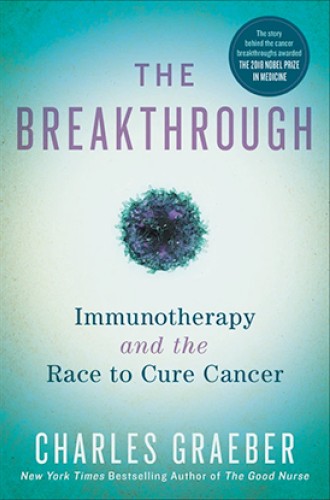Immunotherapy’s believers and skeptics
Some scientists couldn’t quite explain what they were seeing. Others literally couldn’t believe it.
Climate science is not the only science where believe has become an important verb in public debates about the data. As a chaplain for a transplant team, I often heard medical professionals utter the phrase “believe in transplant,” as if the science of replacing human organs required belief in order to work. The funny thing is, belief just might be required—not to make the science work but to get the research off the ground.
Charles Graeber picks up on this observation in his book on the history of immunotherapy. As he describes the interwoven drama of patients, cancer researchers, immunologists, pharmaceutical companies, and the Food and Drug Administration, he finds that belief is the dominant reason immunotherapy treatments for cancer have begun to hit the market. But any well-told story of belief contains its opposite as well, and Graeber also shows how much of the struggle to bring immunotherapy to cancer treatment has been due to disbelief that gained the authority of scientific fact.
Graeber’s story of belief in medical research begins with one of the orienting questions of cancer research: Why doesn’t the immune system fight cancer? To give this question context, Graeber gives us a brief history of the research on the immune system. The attempt to understand the immune system was organized around what can only be called a philosophical inquiry: Where do we end and where does the cancer begin? Rather than looking for specific physical borders between “cancer” and “us,” the question is more about recognition. One theory is that the immune system doesn’t fight cancer because it can’t distinguish it from the rest of us. We and our cancers are too similar to trigger an immune system response.






